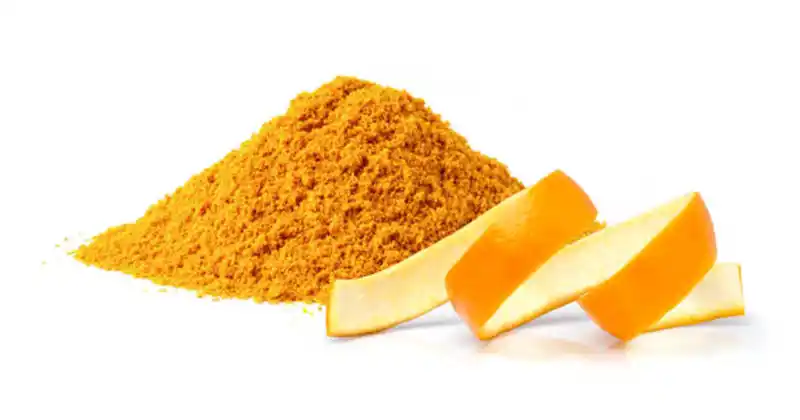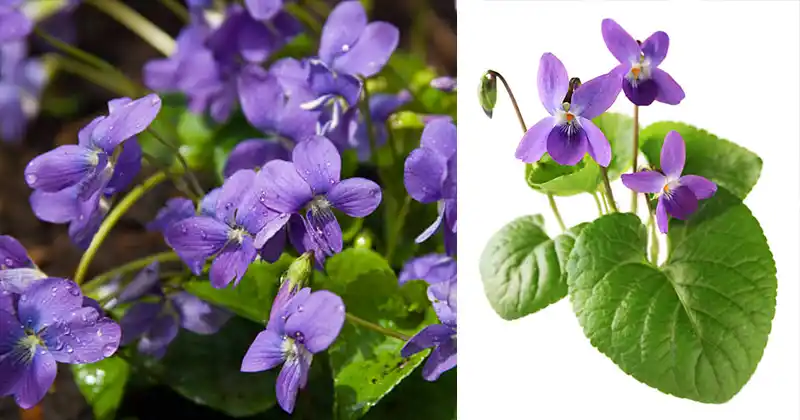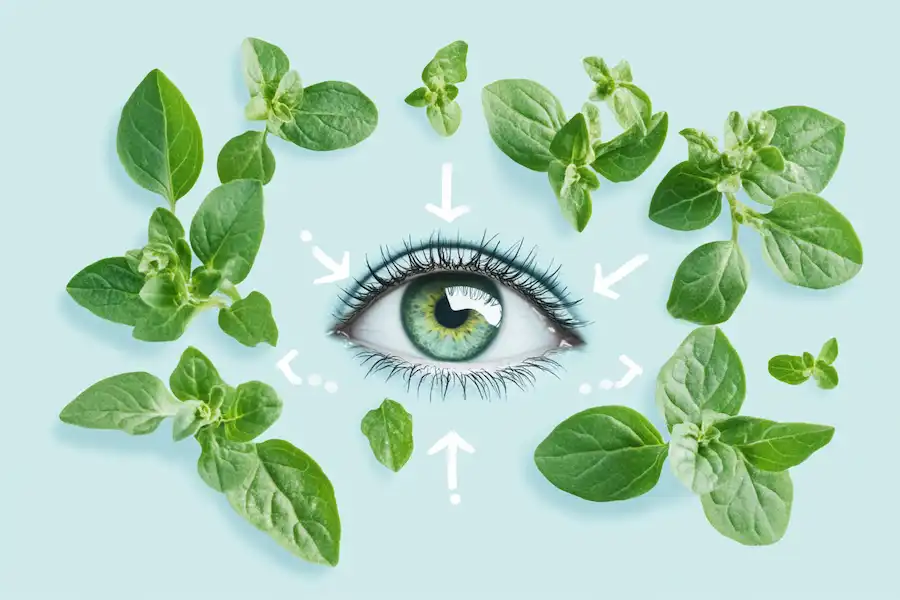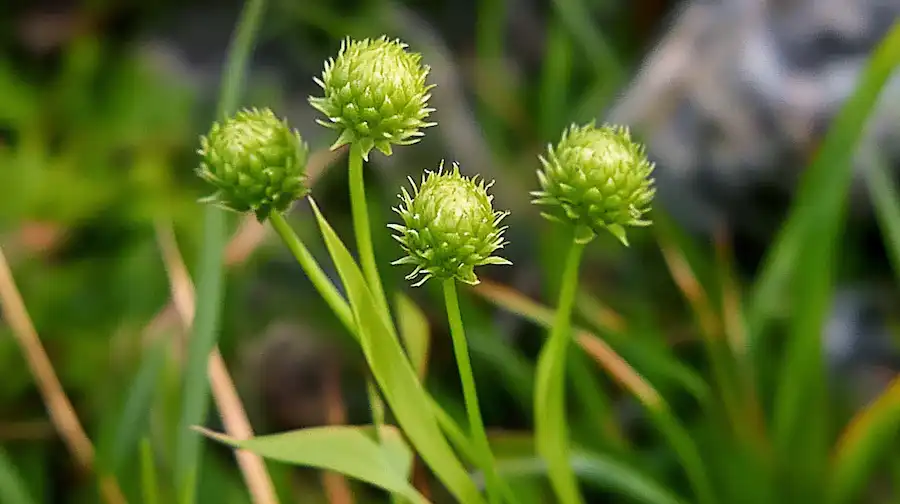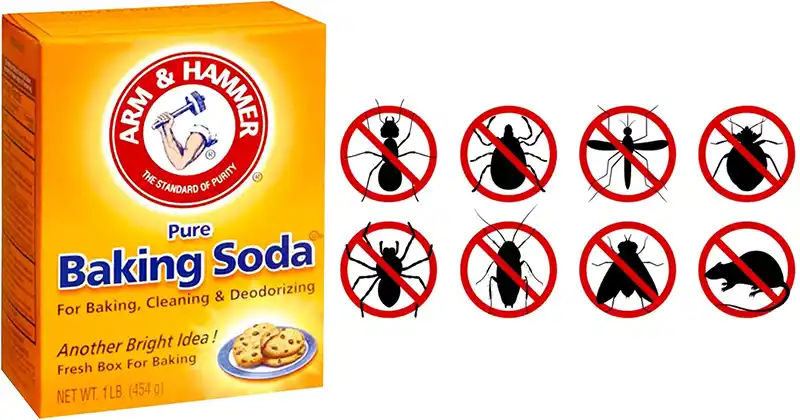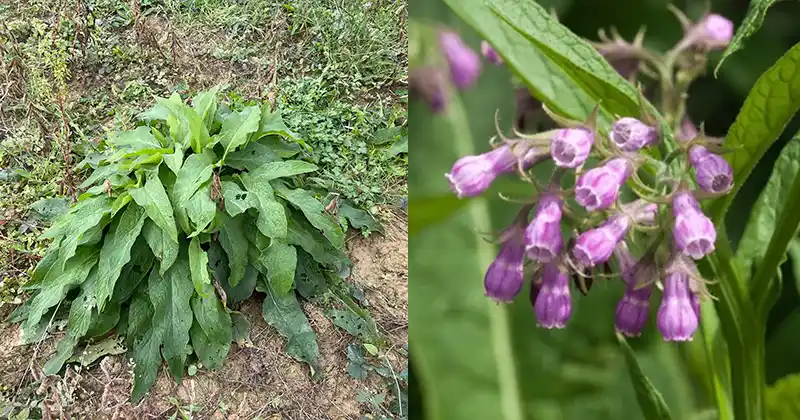The Fascinating World of Morel Mushrooms: Types, Benefits, and Safe Usage
The Morel Mushroom (Morchella spp.) is one of the most prized fungi among foragers and chefs alike. Known for their distinctive honeycomb-like caps and rich, nutty flavor, these mushrooms are both a culinary delicacy and a source of health benefits. With numerous species, including the Yellow Morel and Black Morel, these mushrooms are a springtime treasure. In this article, we will explore the most popular types of Morel mushrooms, their health benefits, and tips on how to use them safely.
The Most Popular Types of Morel Mushrooms
- Yellow Morel (Morchella esculenta)
- The most widely recognized and sought-after variety.
- Found in deciduous forests, often near elms, oaks, and ash trees.
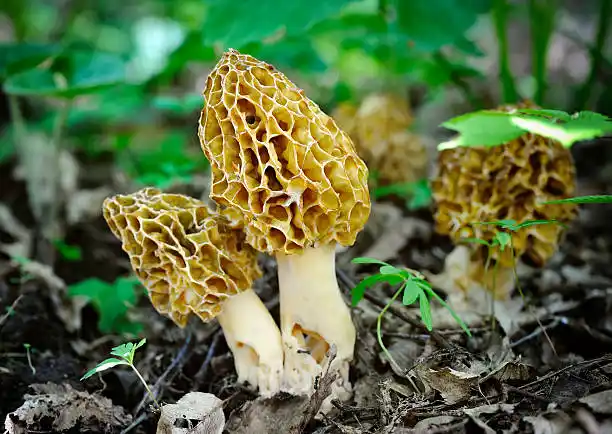
- Black Morel (Morchella elata)
- Distinguished by its darker, ridged cap.
- Common in areas affected by forest fires or logging.
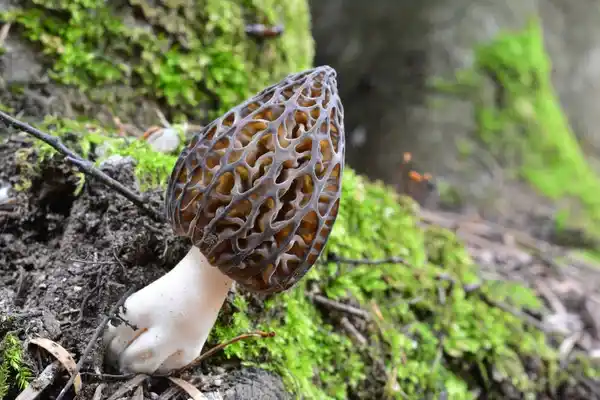
- Half-Free Morel (Morchella punctipes)
- Features a cap that is partially attached to the stem.
- Smaller in size but still a favorite among foragers.
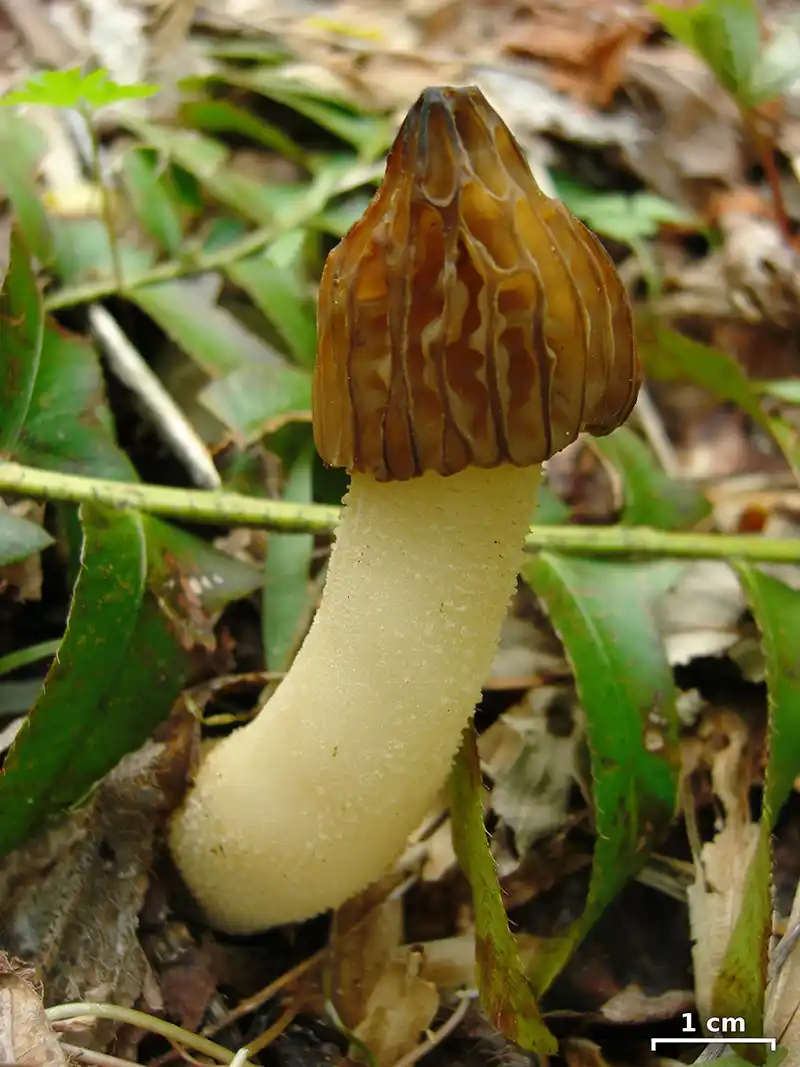
- Burn-Site Morel
- Grows in areas affected by recent wildfires.
- Known for appearing in large quantities in disturbed soil.

Health Benefits of Morel Mushrooms
- Rich in Nutrients
- High in vitamins such as D and B-complex.
- Contains essential minerals like copper and potassium.
- Boosts Immunity
- Contains antioxidants that support the immune system.
- Supports Bone Health
- The high vitamin D content aids in calcium absorption.
- Improves Digestion
- Contains dietary fiber that promotes gut health.
- Promotes Healthy Skin
- Rich in antioxidants that combat free radicals and improve skin health.
- Aids in Weight Management
- Low in calories but high in protein and fiber.
- Anti-Inflammatory Properties
- Helps reduce inflammation in the body.
- Supports Heart Health
- Contains compounds that may help lower cholesterol levels.
- Energy Boosting
- The B vitamins improve energy metabolism.
- May Have Anticancer Properties
- Preliminary studies suggest compounds in morels may inhibit tumor growth.
Safe Usage of Morel Mushrooms
- Cooking is Essential
- Never eat morels raw as they contain hydrazine toxins that are neutralized by cooking.
- Sautéing, frying, or simmering for at least 15 minutes ensures safety.
- Proper Cleaning
- Gently brush off dirt or rinse quickly under cold water.
- Avoid soaking for long periods, as they are porous and can absorb too much water.
- Identification Matters
- Be cautious of false morels (Gyromitra spp.), which can be toxic.
- True morels have hollow stems, while false morels do not.
- Moderation is Key
- Even when cooked, consuming large quantities can cause digestive upset.
- Storage
- Fresh morels should be refrigerated and consumed within a few days.
- They can also be dried or frozen for long-term storage.
- Allergy Precautions
- Introduce morels gradually into your diet to check for potential allergies.
Morel mushrooms are not only a gourmet treat but also a powerhouse of nutrients and health benefits. Whether you are foraging in the wild or buying them from a trusted source, proper identification, cleaning, and cooking are crucial to enjoy them safely. With their rich flavor and versatility in cooking, Morels are truly a treasure worth savoring. We are no experts and do not take responsibility for any issues that may arise; this article is for informational purposes only. Always consult with an expert or reliable guide when foraging for these prized fungi to ensure your safety.
Inspired by this? Share the article with your friends!
